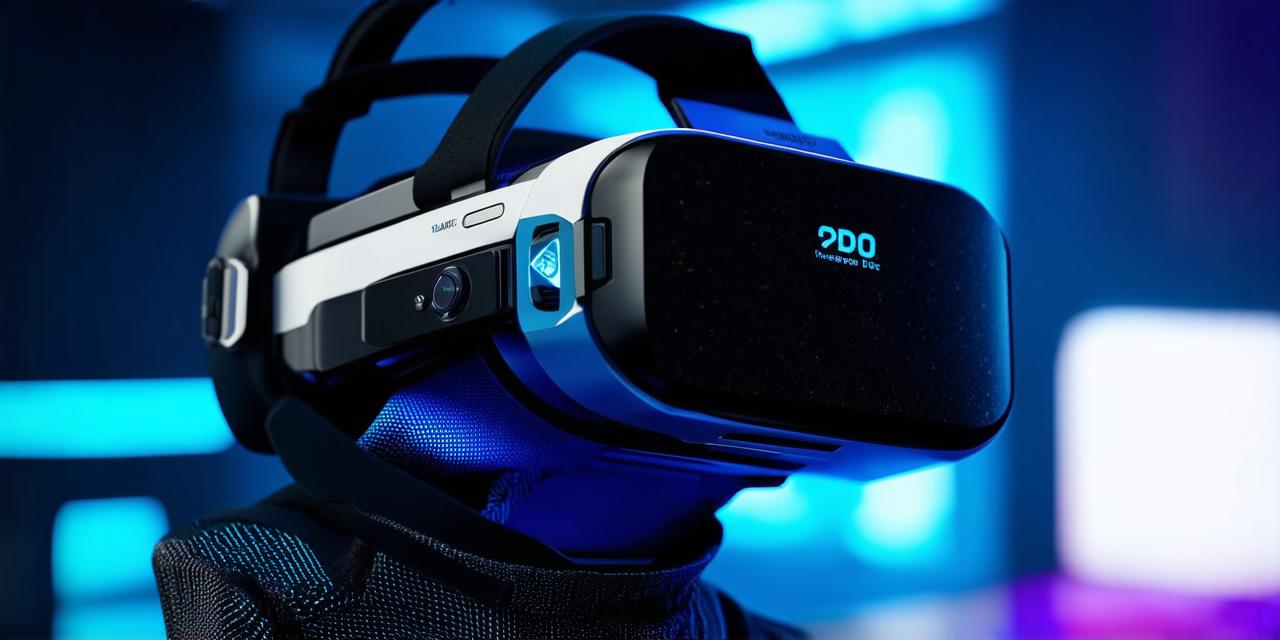The Rise of Wireless VR Headsets
One of the biggest trends in VR development is the rise of wireless VR headsets. Gone are the days of bulky cables and limited mobility. Wireless VR headsets like Oculus Quest 2 allow users to move freely around their space, interact with real-world objects, and experience immersive virtual environments without any limitations.
Wireless VR headsets also offer a more convenient and cost-effective solution for VR development. They eliminate the need for expensive computers or consoles, making it easier for businesses and individuals to adopt VR technology.
The Emergence of Augmented Reality (AR)
Another trend in VR development is the emergence of Augmented Reality (AR). AR technology superimposes digital content onto the real world, creating a seamless blend of virtual and physical elements.
AR has already found applications in various industries, such as gaming, education, and healthcare. For example, AR can be used to train surgeons by overlaying digital images onto a patient’s body, allowing them to practice complex procedures in a safe and controlled environment.
The Growing Importance of Haptic Feedback
Haptic feedback is becoming increasingly important in VR development as it enhances the realism and immersion of virtual experiences. Haptic feedback technologies like haptic gloves, vests, and footwear allow users to feel the virtual world around them, making the experience more realistic and engaging.
Haptic feedback also has practical applications in fields like training and simulation. For example, pilots can use haptic gloves to simulate the feeling of flying, allowing them to practice complex maneuvers without any risk to themselves or others.
The Rise of Social VR Platforms
Social VR platforms are gaining popularity as they allow users to connect with each other in virtual environments. These platforms enable users to interact with each other in real-time, creating a sense of community and social interaction that is often lacking in traditional online platforms.
Social VR platforms like VRChat and Rec Room have already found applications in gaming and entertainment, but they also have the potential for education, training, and therapy. For example, social VR can be used to create virtual environments where people with anxiety or phobias can practice exposure therapy in a safe and controlled environment.
The Impact of 5G on VR Development
The rollout of 5G networks is expected to have a significant impact on VR development, as it will enable faster download speeds and lower latency, improving the overall user experience. This will make VR experiences more immersive and realistic, allowing users to feel like they are truly in a virtual world.
The Role of AI in VR Development
Artificial Intelligence (AI) is playing an increasingly important role in VR development, as it allows for the creation of more personalized and dynamic virtual experiences. AI algorithms can analyze user behavior and preferences to create customized content that is tailored to each individual’s needs.
AI also has the potential to revolutionize industries like education and training by creating more interactive and engaging learning experiences. For example, AI-powered virtual tutors can provide personalized feedback and guidance to students, helping them to learn at their own pace and in their own way.
The Future of VR: Predictions and Trends
As VR technology continues to evolve, we can expect to see more innovative and creative applications emerge. Some predictions for the future of VR include:
- The widespread adoption of wireless VR headsets, making VR accessible to a wider audience
- The integration of AI and machine learning into VR experiences, creating more personalized and dynamic content
- The growth of social VR platforms, enabling people to connect with each other in virtual environments
- The use of VR for therapy and mental health, providing patients with immersive and realistic experiences that can help them overcome phobias and anxiety disorders.
